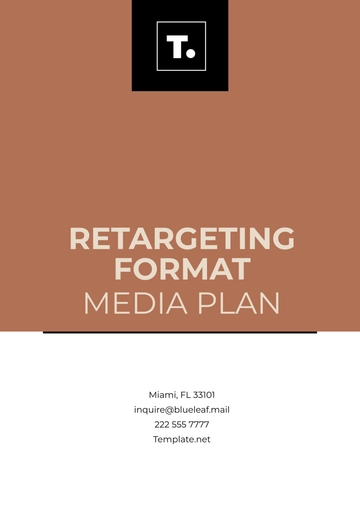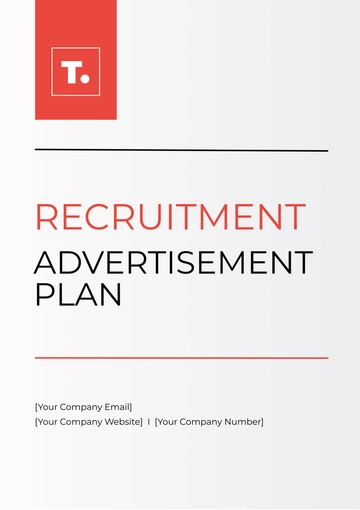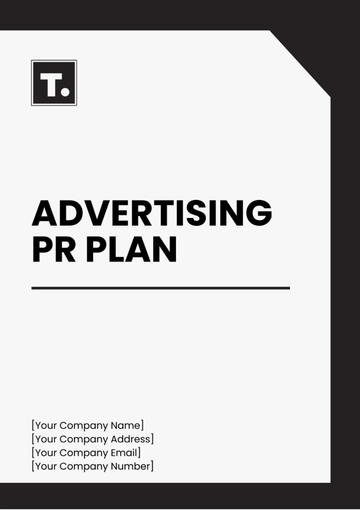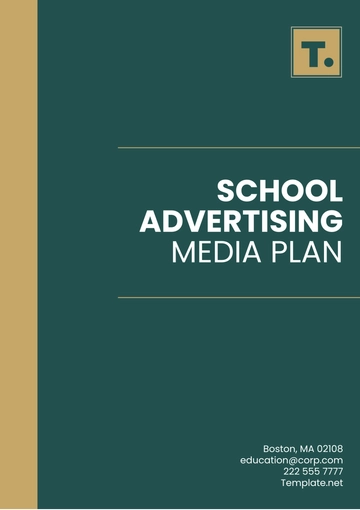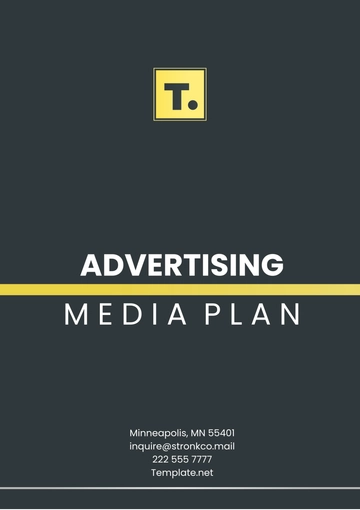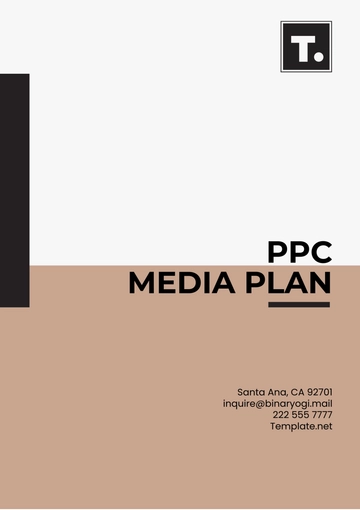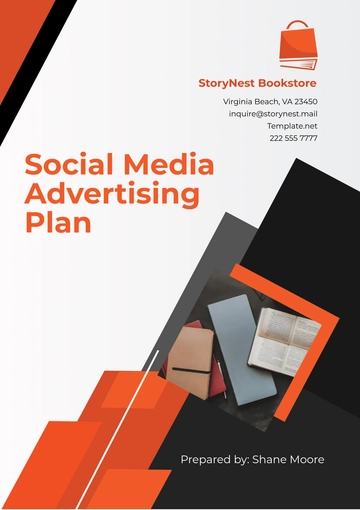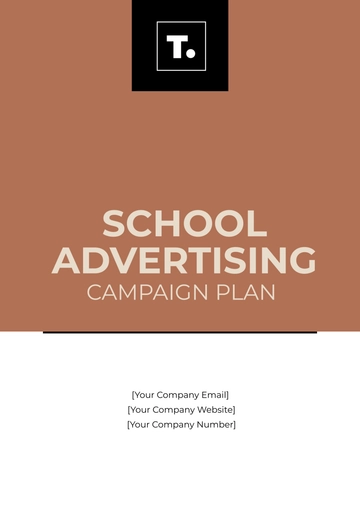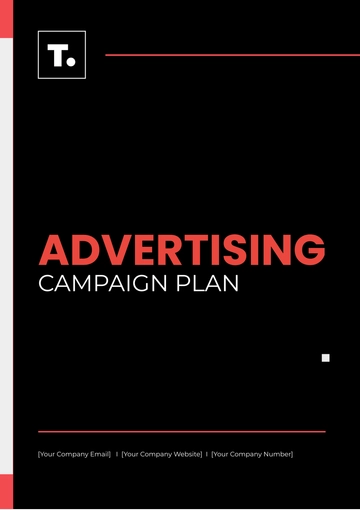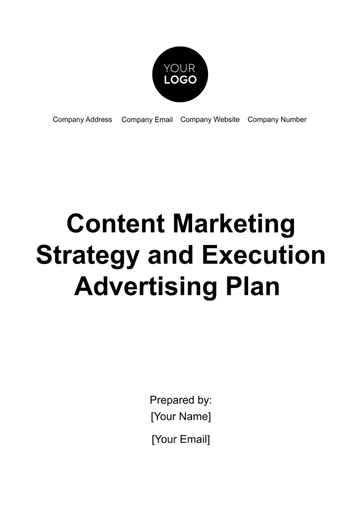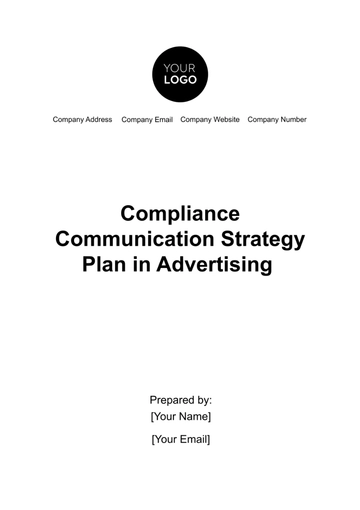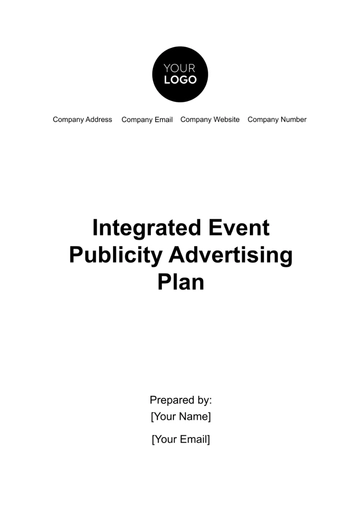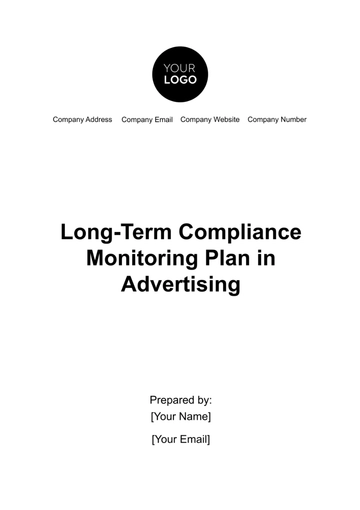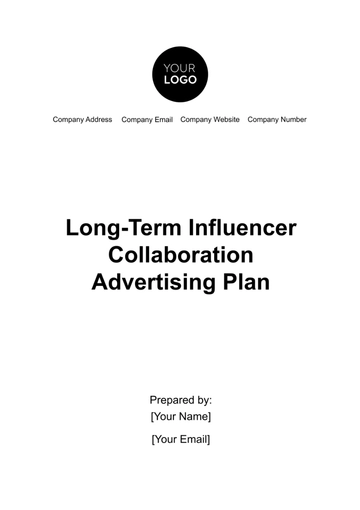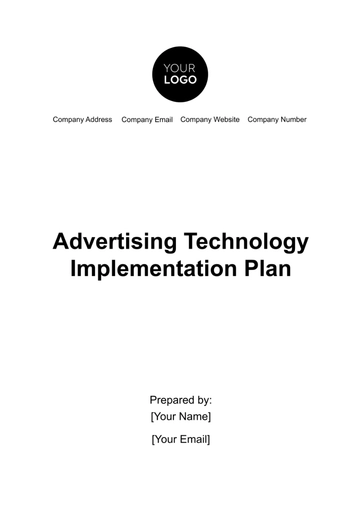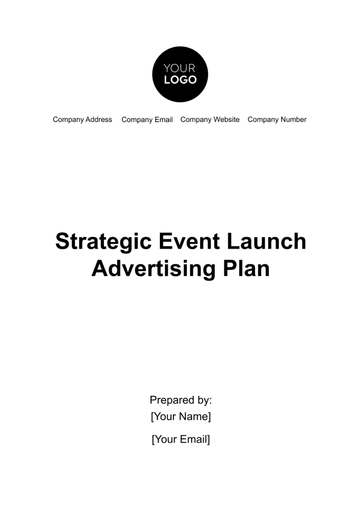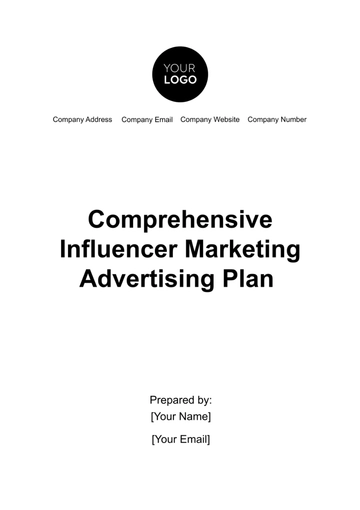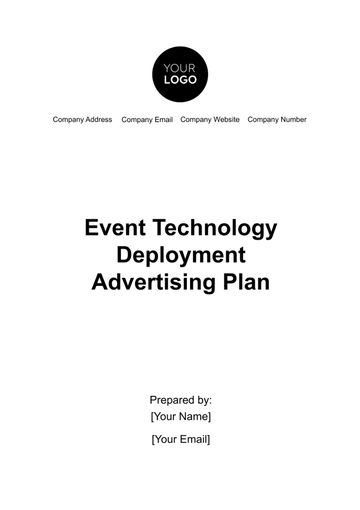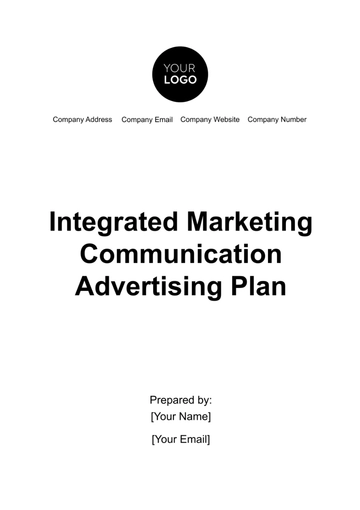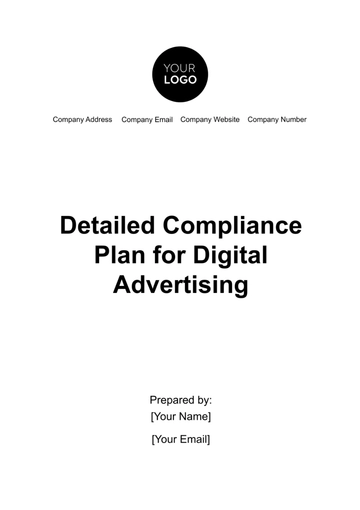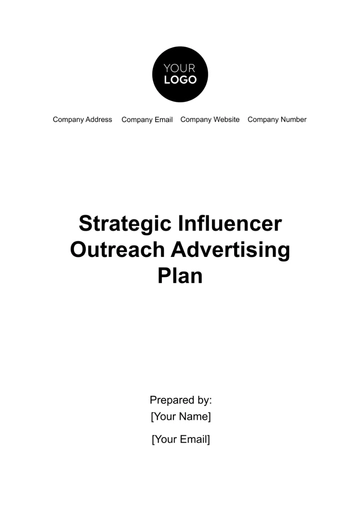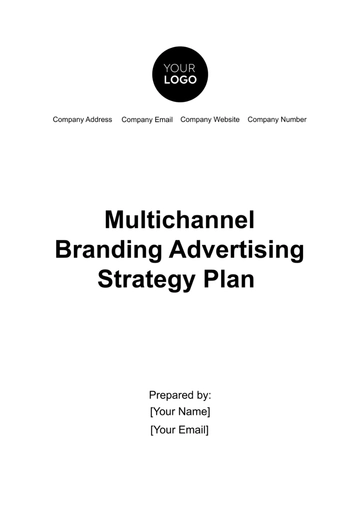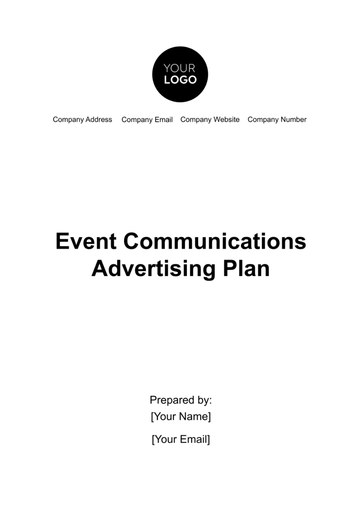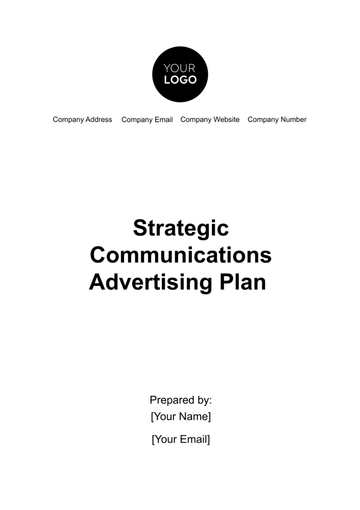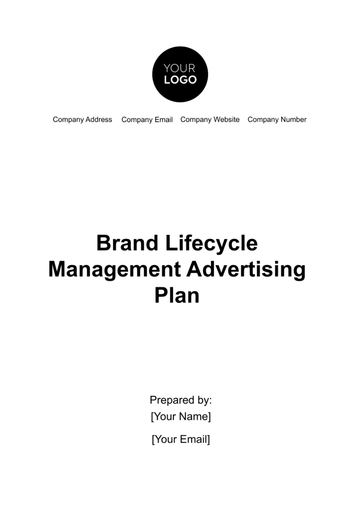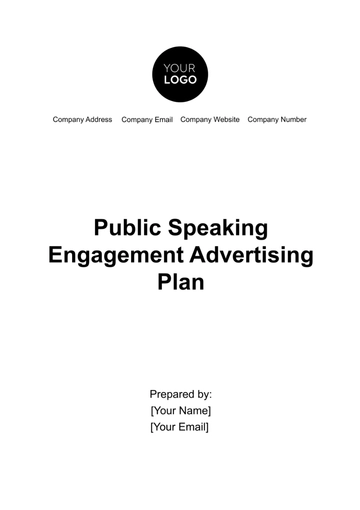Free School Advertising Campaign Plan

I. Executive Summary
The purpose of this advertising campaign plan is to increase student enrollment at [School Name]. This plan outlines strategies, target audiences, key messages, marketing channels, and a timeline for implementation. The goal is to attract prospective students and their families, highlight the school's strengths, and demonstrate why [School Name] is the best choice for their educational needs.
II. Objectives
Increase student enrollment by 15% for the upcoming academic year.
Enhance the school's visibility and reputation within the community.
Highlight unique programs and extracurricular activities that differentiate [School Name] from competitors.
Build strong relationships with prospective students and their families through targeted communication.
III. Target Audience
Primary Audience:
Parents and guardians of students in grades K-12
Prospective students looking for a new school or transitioning from elementary to middle school, or middle to high school
Secondary Audience:
Local community leaders and influencers
Alumni and current students' families
Educational consultants and advisors
IV. Key Messages
Academic Excellence: Emphasize the high academic standards and achievements of [School Name], including standardized test scores, college acceptance rates, and unique academic programs.
Holistic Development: Highlight the importance of extracurricular activities, sports, arts, and other programs that contribute to the overall development of students.
Safe and Inclusive Environment: Showcase the school's commitment to providing a safe, inclusive, and supportive environment for all students.
Community Engagement: Demonstrate how [School Name] is actively involved in the local community and fosters a sense of belonging among students and families.
V. Marketing Strategies and Tactics
A. Digital Marketing
Website Optimization:
Ensure the school website is user-friendly, mobile-responsive, and optimized for search engines.
Include virtual tour options, testimonials, and detailed information about programs and admissions.
Social Media Campaigns:
Use platforms such as Facebook, Instagram, and Twitter to share success stories, upcoming events, and engaging content.
Implement paid social media ads targeting parents and students in the local area.
Email Marketing:
Develop a series of email campaigns targeting prospective families, including newsletters, open house invitations, and application reminders.
B. Traditional Marketing
Print Advertising:
Place ads in local newspapers, magazines, and community bulletins.
Distribute flyers and brochures at community centers, libraries, and local businesses.
Open Houses and Information Sessions:
Host regular open house events and information sessions to give prospective families a firsthand look at the school's facilities and programs.
Provide virtual open house options for those who cannot attend in person.
Community Events and Partnerships:
Participate in local fairs, festivals, and community events to increase visibility.
Partner with local businesses and organizations to co-sponsor events and initiatives.
C. Public Relations
Press Releases and Media Coverage:
Issue press releases about notable achievements, new programs, and upcoming events.
Build relationships with local journalists and media outlets to secure coverage.
Testimonials and Success Stories:
Collect and share testimonials from current students, parents, and alumni.
Highlight success stories and case studies on the school website and in marketing materials.
VI. Budget
A detailed budget breakdown will include allocations for:
Item | Allocation ($) |
|---|---|
Digital Advertising | $10,000 |
Print Advertising | $7,500 |
Event Costs | $5,000 |
Website & Maintenance | $3,000 |
Email Marketing | $2,500 |
Public Relations | $4,000 |
Total | $32,000 |
VII. Timeline
Month 1-2:
Develop marketing materials (brochures, website content, social media posts).
Plan and schedule open house events.
Launch initial social media and email marketing campaigns.
Month 3-4:
Host the first round of open house events.
Distribute print advertisements and attend community events.
Monitor and adjust digital marketing strategies based on performance data.
Month 5-6:
Evaluate the success of initial campaigns and refine strategies as needed.
Continue ongoing digital, print, and event marketing efforts.
Prepare for the final push before enrollment deadlines with increased advertising and promotional activities.
VIII. Evaluation and Metrics
To measure the success of the campaign, the following metrics will be tracked:
Number of inquiries and applications received
Enrollment numbers compared to previous years
Website traffic and engagement metrics
Social media engagement (likes, shares, comments)
Attendance at open house events
ROI of marketing spend
Regular review meetings will be held to assess progress and make necessary adjustments to the campaign to ensure objectives are met.
IX. Conclusion
By implementing this comprehensive advertising campaign plan, [School Name] aims to significantly increase student enrollment, strengthen its reputation within the community, and provide an enriching educational experience for all students. Continuous evaluation and adaptation of strategies will ensure the campaign's success and sustained growth for the school.
X. Contact Information
For further details, please contact:
Campaign Manager: [Your Name]
Email: [Your Email]
Phone: [Your Company Number]
Address: [Your Company Address]
Website: [Your Company Website]
Social Media: [Your Company Social Media]
- 100% Customizable, free editor
- Access 1 Million+ Templates, photo’s & graphics
- Download or share as a template
- Click and replace photos, graphics, text, backgrounds
- Resize, crop, AI write & more
- Access advanced editor
A School Advertising Campaign Plan is a strategic document designed to promote a school to its target audience, which may include prospective students, parents, and the community. It outlines the marketing objectives, strategies, and tactics the school will use to increase visibility, attract new enrollments, and enhance its reputation.
You may also like
- Finance Plan
- Construction Plan
- Sales Plan
- Development Plan
- Career Plan
- Budget Plan
- HR Plan
- Education Plan
- Transition Plan
- Work Plan
- Training Plan
- Communication Plan
- Operation Plan
- Health And Safety Plan
- Strategy Plan
- Professional Development Plan
- Advertising Plan
- Risk Management Plan
- Restaurant Plan
- School Plan
- Nursing Home Patient Care Plan
- Nursing Care Plan
- Plan Event
- Startup Plan
- Social Media Plan
- Staffing Plan
- Annual Plan
- Content Plan
- Payment Plan
- Implementation Plan
- Hotel Plan
- Workout Plan
- Accounting Plan
- Campaign Plan
- Essay Plan
- 30 60 90 Day Plan
- Research Plan
- Recruitment Plan
- 90 Day Plan
- Quarterly Plan
- Emergency Plan
- 5 Year Plan
- Gym Plan
- Personal Plan
- IT and Software Plan
- Treatment Plan
- Real Estate Plan
- Law Firm Plan
- Healthcare Plan
- Improvement Plan
- Media Plan
- 5 Year Business Plan
- Learning Plan
- Marketing Campaign Plan
- Travel Agency Plan
- Cleaning Services Plan
- Interior Design Plan
- Performance Plan
- PR Plan
- Birth Plan
- Life Plan
- SEO Plan
- Disaster Recovery Plan
- Continuity Plan
- Launch Plan
- Legal Plan
- Behavior Plan
- Performance Improvement Plan
- Salon Plan
- Security Plan
- Security Management Plan
- Employee Development Plan
- Quality Plan
- Service Improvement Plan
- Growth Plan
- Incident Response Plan
- Basketball Plan
- Emergency Action Plan
- Product Launch Plan
- Spa Plan
- Employee Training Plan
- Data Analysis Plan
- Employee Action Plan
- Territory Plan
- Audit Plan
- Classroom Plan
- Activity Plan
- Parenting Plan
- Care Plan
- Project Execution Plan
- Exercise Plan
- Internship Plan
- Software Development Plan
- Continuous Improvement Plan
- Leave Plan
- 90 Day Sales Plan
- Advertising Agency Plan
- Employee Transition Plan
- Smart Action Plan
- Workplace Safety Plan
- Behavior Change Plan
- Contingency Plan
- Continuity of Operations Plan
- Health Plan
- Quality Control Plan
- Self Plan
- Sports Development Plan
- Change Management Plan
- Ecommerce Plan
- Personal Financial Plan
- Process Improvement Plan
- 30-60-90 Day Sales Plan
- Crisis Management Plan
- Engagement Plan
- Execution Plan
- Pandemic Plan
- Quality Assurance Plan
- Service Continuity Plan
- Agile Project Plan
- Fundraising Plan
- Job Transition Plan
- Asset Maintenance Plan
- Maintenance Plan
- Software Test Plan
- Staff Training and Development Plan
- 3 Year Plan
- Brand Activation Plan
- Release Plan
- Resource Plan
- Risk Mitigation Plan
- Teacher Plan
- 30 60 90 Day Plan for New Manager
- Food Safety Plan
- Food Truck Plan
- Hiring Plan
- Quality Management Plan
- Wellness Plan
- Behavior Intervention Plan
- Bonus Plan
- Investment Plan
- Maternity Leave Plan
- Pandemic Response Plan
- Succession Planning
- Coaching Plan
- Configuration Management Plan
- Remote Work Plan
- Self Care Plan
- Teaching Plan
- 100-Day Plan
- HACCP Plan
- Student Plan
- Sustainability Plan
- 30 60 90 Day Plan for Interview
- Access Plan
- Site Specific Safety Plan

